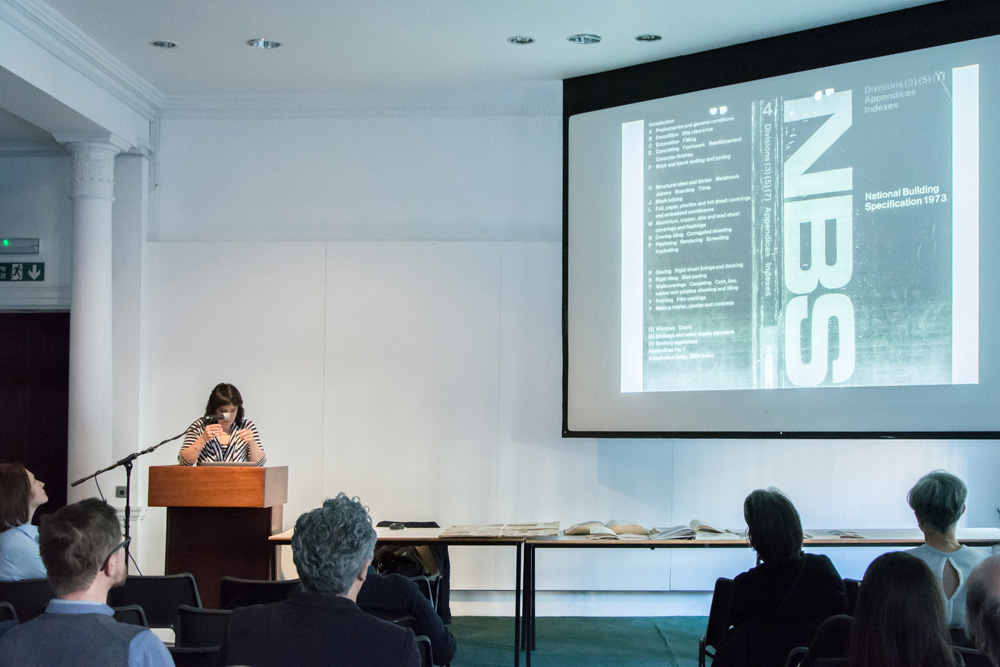Free event. AA Members and general public all welcome.
No RSVP required
In 1936 the AA-trained architect Elizabeth Benjamin designed a modernist reinforced concrete house at Gerrards Cross for the Ripolin paint executive Arnold Colaço Osorio that was acclaimed at the time and featured in F.R.S Yorke’s The Modern House in England (1937). This talk examines their intense correspondence around the specification of proprietary products – from paints to boilers and electric clocks – and the enormous escalation in the manufacturing and marketing of building products during the interwar period. It argues that this is the moment that the architect becomes ‘shopper’ on behalf of the client and as one journalist put it at the time a ‘synthesist’ in ‘the fellowship of art, science and industry’. Behind and alongside the polemics of modernism is a transformation of the architect’s relationship to industry that goes beyond issues of aesthetics or even the management of work on site, to give them a new role in the expansion of manufacture.
Dr Katie Lloyd Thomas is Lecturer in Architecture at Newcastle University where she co-directs ARC, the Architecture Research Collaborative, and is an editor of the international journal arq. Her research is concerned with materiality in architecture and with feminist practice and theory. Her monograph Preliminary Operations: Material theory and the architectural specification is in preparation and a new anthology Industries of Architecture is forthcoming (Routledge, 2015).
These talks (hosted by AA Membership) are being held as part of a wider series, leading up to the centenary of women at the Architectural Association in 2017. This series, organised by AA XX 100 with the collaboration of the Library, Photo Library and Archives, will feature academics who examine different periods of Architectural Association history, focusing on architects and tutors who helped shape architectural practice and profession globally. One of the talks on the immediate postwar period will show how students activism influenced the ethos of the school. The lectures will also highlight the AA’s collections and there will be displays of unique historic material from the AA Collections at each talk.
Venue: AA Lecture Hall, any questions please e-mail events@aaschool.ac.uk
Image: ‘Re-painting East Wall with Ripolin’ courtesy David Colaço Osorio
